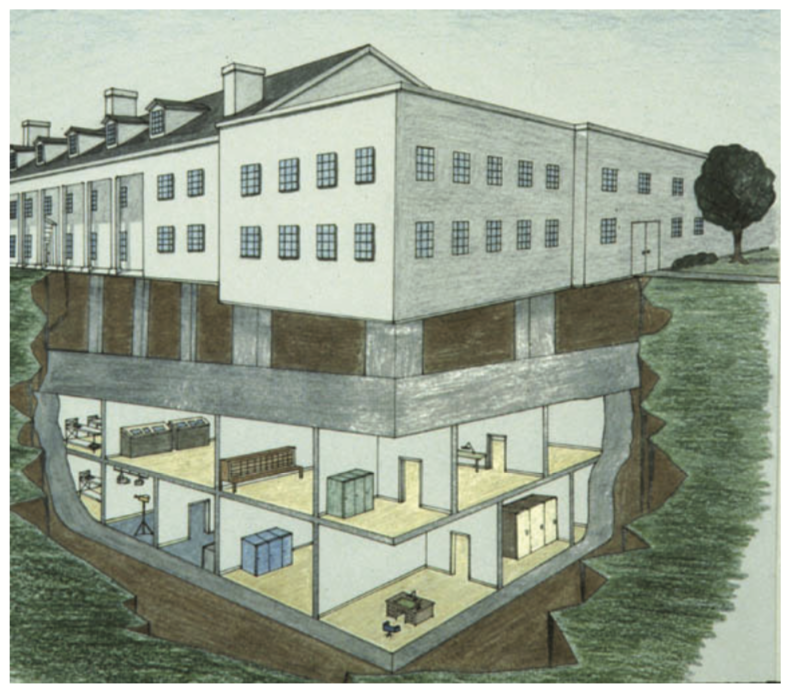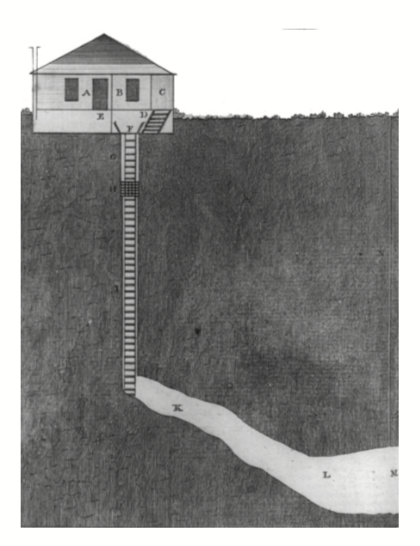I. BUNKER KISSERS AND CONCRETE ROMANTICS
The Greenbrier is a luxury resort in the Allegheny Mountains of West Virginia that has been popular for centuries with the southern noblesse; in its earliest incarnation, it dates back to 1778, and its lineage and bearing call certain antebellum associations to mind. (In 1858, on the cusp of the Civil War, a building was raised on the property that was commonly known as the Old White Hotel.) Today, it remains in the resort pantheon. It’s won nearly every conceivable award, from the AAA Five Diamond to the Mobil Four-Star. (It lost its fifth star in 2000, and has since spent tens of millions trying to get it back.)
But I hadn’t driven six hours and three hundred miles to check out the hotel’s falconry academy, gun club, or any of its three eighteen-hole golf courses. Since 1995, the Greenbrier has held a more dubious distinction, as a must-see site on the nuclear-tourism circuit. For more than thirty years, from the pinnacle of the cold war era in 1962 until a Washington Post magazine exposé in 1992, there was a top-secret, two-story, 112,000-square-foot fallout shelter beneath the Greenbrier’s West Virginia Wing, intended to house the entire U.S. Congress in the event of a nuclear attack on the capital, known variously as Project X, Project Casper, Project Congo, Project Greek Island, and, simply, the bunker.

A stone-faced guard directed me to a parking spot around back. Stepping into the rain, I realized my tour was about to start, and I didn’t know exactly from where, so I headed down a brick path and stooped into a Lilliputian building filled with tiny furnishings and clothes (called, appropriately, the Doll House) to ask for directions. Then I made my way to the concierge desk to check in, where I was very surprised to be directed, with some solemnity, to surrender any cell phones or cameras for the duration of the tour. Soon a van pulled up outside, and I climbed in with the eighteen other tourers (one urbane young couple and an assortment of older, track-suited others).
After a short drive, we disembarked and went into the bunker through one of its four blast-door-protected entrances: one walk-in, two vehicular, and one I’ll return to later. This blast door weighed a hefty 25 tons; its hinges were 1,500 pounds each. Our guide, Mia, was a Greenbrier native daughter who’d been leading people through...
You have reached your article limit
Sign up for a digital subscription and continue reading all new issues, plus our entire archives, for just $1.50/month.
Already a subscriber? Sign in





